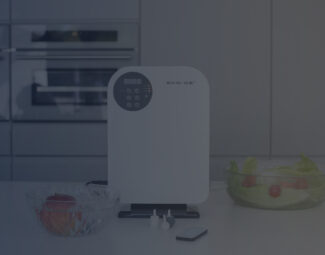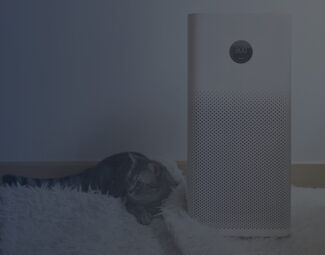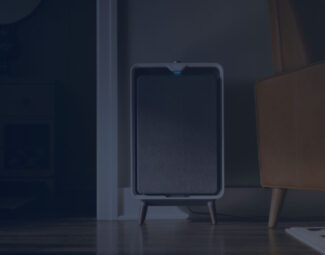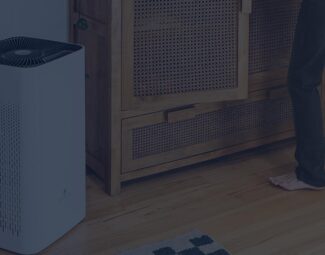W hat are allergies? The nightmare of every person who has to deal with sneezes, itches, runny nose and eyes, all caused by an increased sensibility to dust, pollen, mold, and others. In general, there are two ways to deal with the problem: either by using medication, especially during the allergy season, or by trying some allergy relief tactics at home.
In this article, we will discuss what you can do to dustproof your home and upgrade it to keep allergies under control. The solutions we’ve found are at hand and highly efficient for mold and dust removal. So, stay with us to find out how you can turn your living place into a sanctuary where you can breathe with ease.
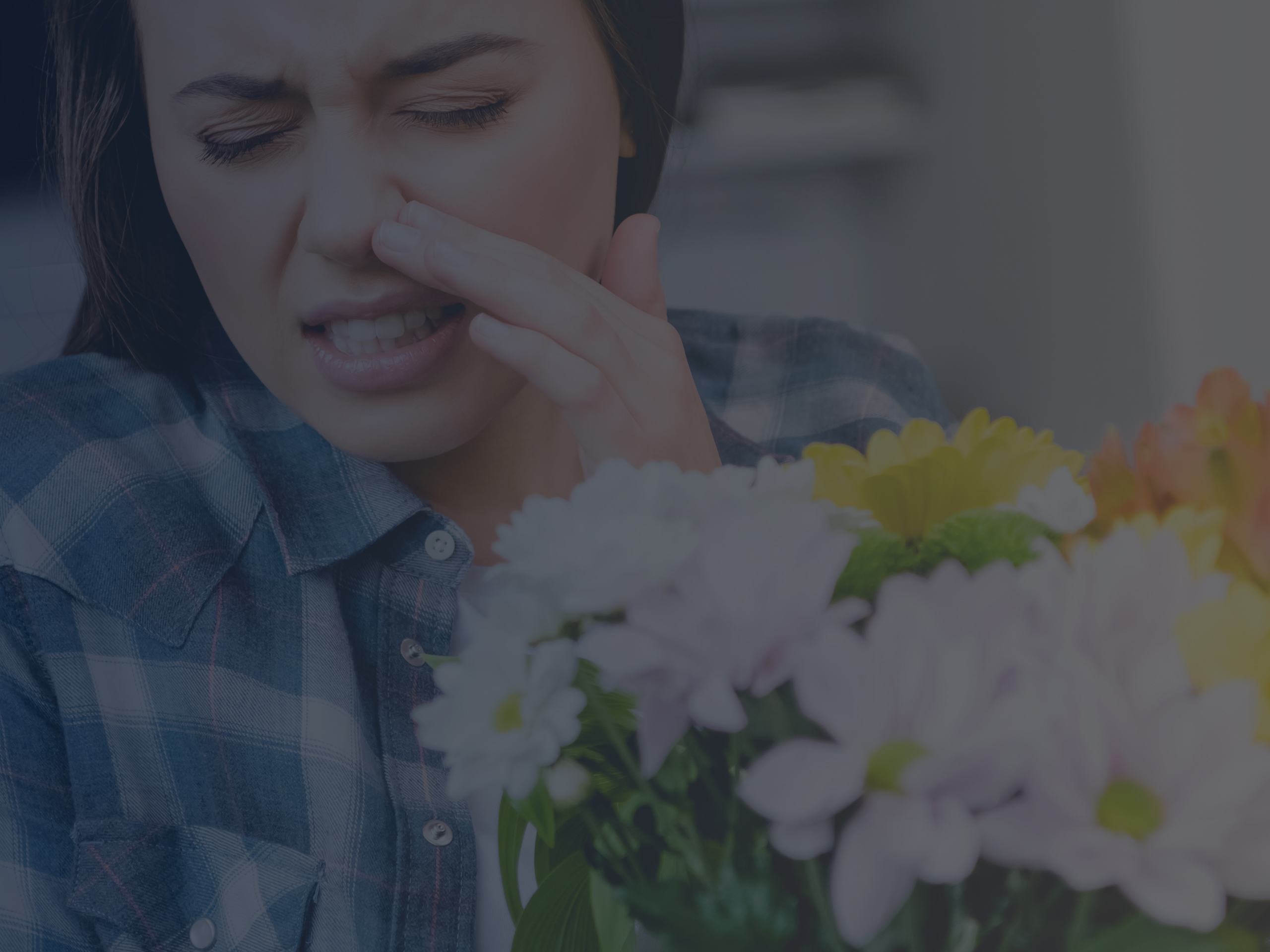
Young Woman Holding a Bouquet of Flowers and Sneezing
#1. Keep Dust and Allergens Out of the House
There are two ways through which pollen and dust can find their way into your home: the window or the door. However, this doesn’t mean that you should close everything and renounce fresh air. You just need to be more cautious when you open the window. For example, you can use a phone app to check the level of pollen and wind speed. Thus, you will know when a high pollen level and strong wind combine and avoid letting them in.
Allergens can enter the front door as well, as visitors can carry them on their shoes. In this case, the best you can do is to place a rubber mat at the entrance (rubber is easier to clean) and invite your guests to wipe their shoe soles on it. Or even better, you can ask them to leave their shoes at the door.
#2. Count on HEPA Filtration for Assistance
Most air purifiers come with a HEPA filter but you will discover that some offer an activated carbon filter as well perfect for VOCs and odor removal. This combination will be your savior as it will contain all pollen, dust, dander, and smoke particles that have a diameter of down to 0.3 microns. Just make sure you choose an air purifier that can deal with asthma and allergies. This means that it should be able to perform multiple air cleanings in one hour so the air stays always fresh and have excellent area coverage. CADR ratings will help you determine which is the most suitable for you.
You can add a HEPA to your vacuum cleaner as well. In fact, it is indicated. This way, you can be sure that all the dust you have been struggling to collect remains in the cleaner’s recipient and doesn’t get spread around the house again.
#3. Check the Furnace Filter (And Preferably Upgrade It If Needed)
If the filter is cheap or old, its efficiency will be considerably reduced. In this case, you should look for a better option, for example, a pleated paper filter or an electrostatic model. The investment will totally pay off, as the first option can act almost as a HEPA filter if you chose a model with a MERV rating between 7 and 13. Just make time and replace it at least 4 times a year to make sure it is functioning properly.
#4. Reduce Humidity to Avoid Mold and Mildew
No one wants mold inside the house, especially black mold, as many clinical research programs have proven that it is highly dangerous for health. But if you are allergic to it, you know how difficult it can be to breathe when it starts to spread on the walls. Asthma sufferers will experience more intense symptoms as well, as the spores will contaminate the air and irritate their breathing system. In some cases, it may not even be visible, and you will have to search for the source and discover it in the basement or the attic.
The only way to get rid of mold is to cut its dampness supply. Sometimes, it is easy to find. Maybe a pipe was leaking water, or your neighbor left the water in the bathroom running and made your ceiling wet. In this case, you can solve the cause and let the windows open for the walls to dry out. But if mold is caused by you living in a humid area, the best you can do is use a strong dehumidification system, which should run several hours a day or even continuously if the problem is more serious.
#5. Keep Humidity Balanced Because Low RH Is Just As Bad
Although low humidity will help you fight mold and dust mites, if it is too low, your symptoms can aggravate, and you will end up having a more irritated nose. A humidifier that incorporates a hygrometer could help you monitor and increase moisture when required. Just make sure the level stays between 30% and 50%.

Pillows of Various Colors
#6. Pay Attention to Your Pillows
Dust mites love pillows, and they will find their way inside. So, make sure you avoid fillings that attract them, like feathers, and stick to hypoallergenic materials that keep dust away and don’t irritate your skin. The mattress will have the same problem, so check it out too. And wash your bedding at least once a week to prevent allergens to gather inside it.
#7. Try Nasal Washes
You have dust proofed your home, but the annoying allergy symptoms persist. It is time to try a neti pot. Just fill it with warm distilled water in which you have stirred a bit of salt and proceed to pour the liquid into one nostril and evacuate it through the other nostril. Keep your head over a sink while doing it so the water doesn’t spill on the floor. This method will clean your airways and help you breathe easier.
#8. Test Natural Allergy Relief Methods
Some herbs are renowned for their therapeutical properties when it comes to alleviating allergy symptoms. Among them, butterbur is one of the most popular and a recent study performed on 125 people with hay fever has shown that this plant can be as efficient as cetirizine, which is the medicine prescribed for it. Other herbs that have a calming effect are rosemary and turmeric, while garlic, despite its strong smell, can also offer help against the symptoms, as it contains quercetin, which acts as an antihistamine.
Bottom Line
Happiness is dependent on health and well-being, so do what you need to do to feel comfortable. Although allergies aren’t a direct threat to your life, they surely make it harder, so taking the time to organize the home in a way that will make you feel better is an excellent idea. As we have discussed earlier, the main problem inside the house is the dust that clings to everything and gathers into dust mites, increasing discomfort. So, vacuum it or dust it with a microfiber cloth and keep the air clean, and you will be able to enjoy your days just like everybody else.



